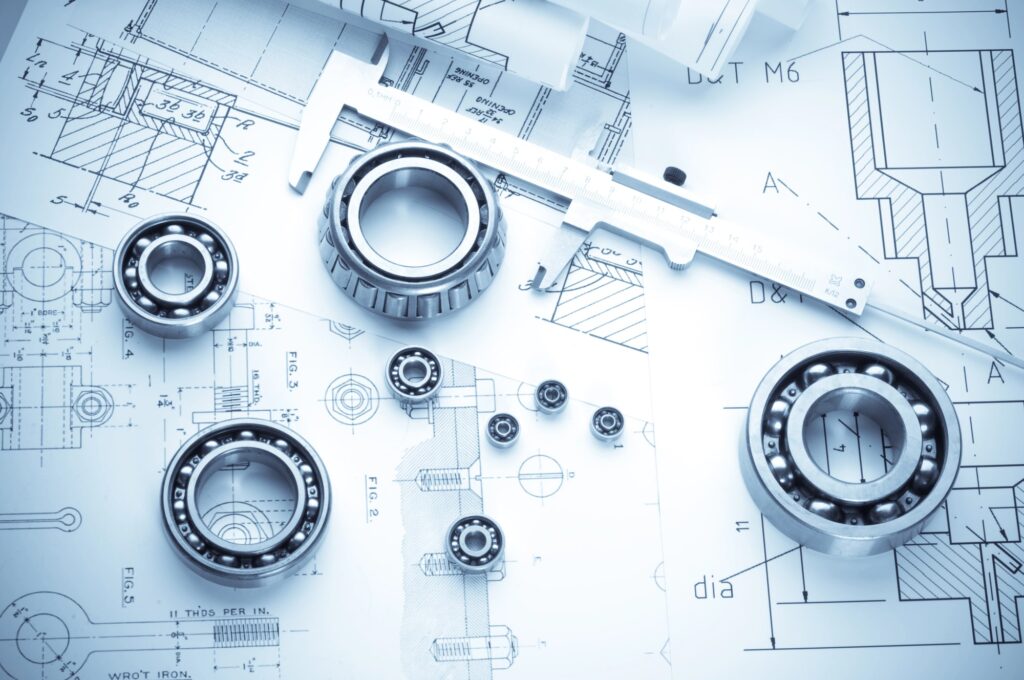The latest iteration of the USGBC’s LEED certification system, LEED v5, is on the horizon, poised to revolutionize the architecture, engineering, and construction (AEC) industry. With an anticipated publication date in early 2025, LEED v5 emphasizes the urgency of addressing climate change, aiming to push the boundaries of green building.
Anica Landreneau, director of HOK’s Sustainable Design practice and chair of the U.S. Green Building Council’s LEED Steering Committee, provides an in-depth look at the factors influencing LEED v5 and its potential impact on design and construction for years to come.
LEED v5: A Response to Climate Change
With the increasing frequency of natural disasters like Hurricanes Helene and Milton, the impact of climate change is undeniable. The built environment contributes significantly to global warming, accounting for up to 40% of carbon emissions.
To meet the goals of the Paris Agreement and limit global temperature rise to below 1.5 degrees Celsius, buildings must become part of the solution.
LEED v5 aims to address this by prioritizing rapid decarbonization. Approximately half of the 110 points required for LEED v5 certification focus on decarbonization, marking a significant shift from previous versions.
This emphasis is designed to push the AEC industry towards more sustainable practices and encourage the adoption of new codes and standards for green building.
Key Focus Areas of LEED v5
LEED v5 is structured around three main pillars:
Book Your Dream Vacation Today
Flights | Hotels | Vacation Rentals | Rental Cars | Experiences
- Decarbonization: This is the top priority, with around 50% of the points dedicated to reducing carbon emissions.
- Biodiversity, Ecology, and the Natural World: A quarter of the points focus on promoting resilience and the survival of all species.
- Human Health and Well-being: The remaining points emphasize improving the quality of life and the human experience.
This comprehensive approach aligns with initiatives like AIA 2030, MEP 2040, SE 2050, and ASLA 2040, and supports the Paris Agreement’s goal of limiting global temperature rise.
From Vision to Implementation
The development of LEED v5 has been a collaborative effort, drawing on the expertise of committee volunteers and technical staff at USGBC. The journey began in 2022 with a workshop led by Lance Davis, the sustainability architect for the U.S. General Services Administration.
The goal was clear: LEED needed to advance decarbonization rapidly to address the climate crisis.
Under the leadership of Sarah Talkington in 2023, the framework for LEED v5 was built out, establishing systemwide goals for decarbonization, ecology, and human impact. This cycle marks the first time LEED is operating under a consensus committee model, similar to ASHRAE committees, ensuring a more inclusive and comprehensive development process.
LEED v5 Certification Levels
To achieve LEED v5 Platinum certification, buildings must now achieve zero emissions, a significant change from LEED v4. This new requirement positions LEED v5 as a market leader, paving the way for zero-emission buildings to become the standard in future versions.
While full electrification is required for Platinum certification, it is not a baseline prerequisite for all levels. This decision was made to ensure LEED remains relevant and useful across the United States, even in states with laws protecting the use of fossil fuels. However, many REITs and investment organizations are prioritizing sustainability, often exceeding regulatory requirements.
Comprehensive Assessments for Holistic Impact
LEED v5 introduces three comprehensive assessments for every project:
- Total Carbon Assessment: Evaluates the carbon footprint of the building throughout its lifecycle.
- Human Impact Assessment: Focuses on the building’s impact on human health and well-being.
- Climate Risk Assessment: Considers the building’s resilience to climate-related risks such as flooding and power outages.
These assessments provide stakeholders with a holistic view of a project’s impact and potential, promoting equitable and healthy design. For example, HOK has already implemented these assessments in projects like the Rhode Island Public Health Lab, offering valuable insights into the building’s carbon footprint and climate resilience.
Looking Ahead: LEED v6 and Beyond
LEED v5 is designed to guide the AEC industry from 2025 to 2030, with LEED v6 set to take over from 2030 to 2035. This continuous improvement approach ensures that no single version of LEED will achieve the Paris Agreement targets on its own. Instead, each version builds on the previous one, creating a trajectory towards sustainable building practices.
As LEED v5 rolls out, the development process for LEED v6 is already underway. The focus will continue to be on advancing decarbonization, resilience, and equity, ensuring that the AEC industry remains on track to meet global climate goals.
Conclusion
LEED v5 represents a significant step forward in the quest for sustainable building practices. By prioritizing decarbonization, promoting biodiversity, and enhancing human health and well-being, LEED v5 aims to transform the AEC industry and contribute to the global effort to combat climate change.
As the AEC industry prepares for the rollout of LEED v5, the collaborative efforts of the LEED Steering Committee and the broader USGBC community will ensure that this new certification system provides a robust framework for sustainable development.
With the groundwork laid for LEED v6, the journey towards a more sustainable future continues, building on the progress made with each iteration of LEED.
For more detailed insights into the development and impact of LEED v5, you can read the full article here.
Book Your Dream Vacation Today
Flights | Hotels | Vacation Rentals | Rental Cars | Experiences

